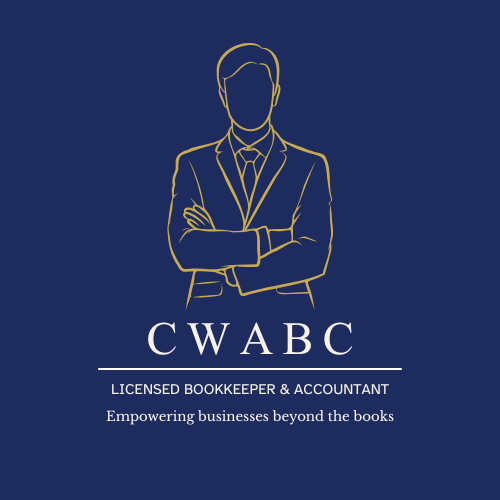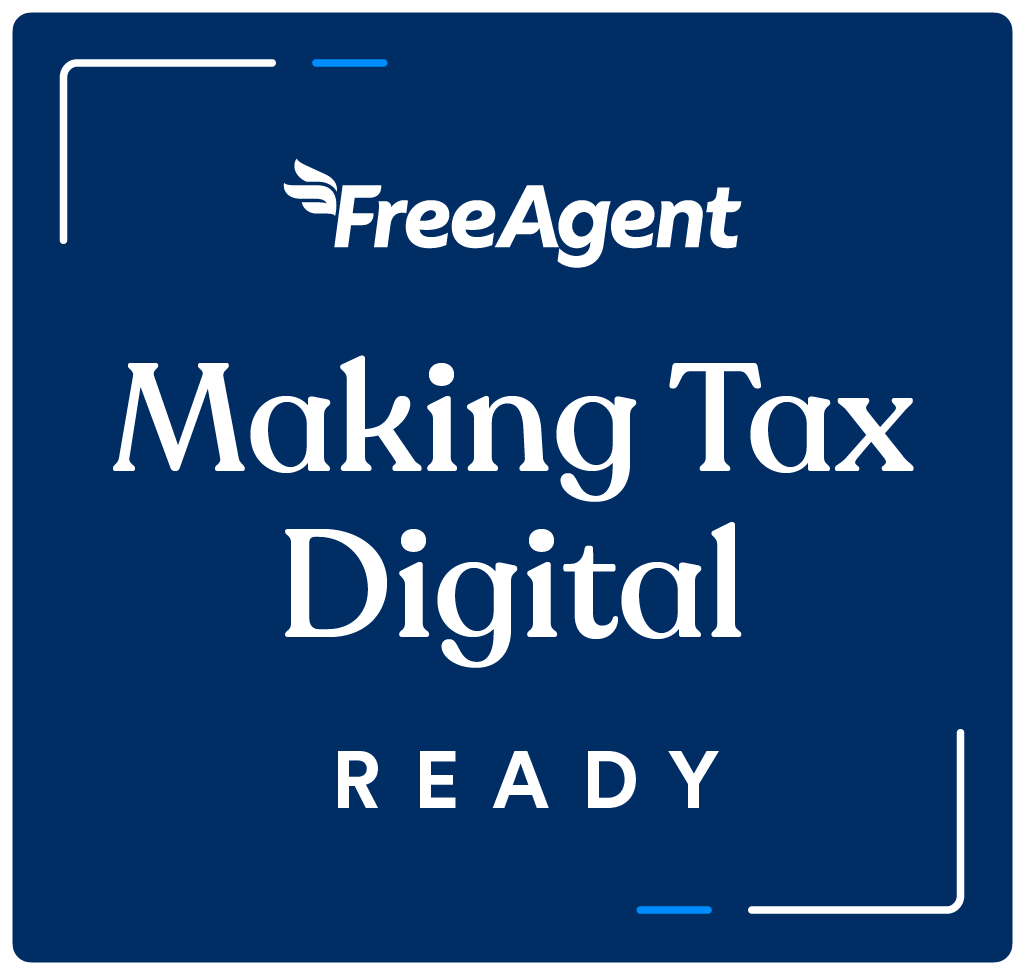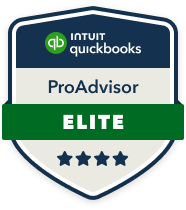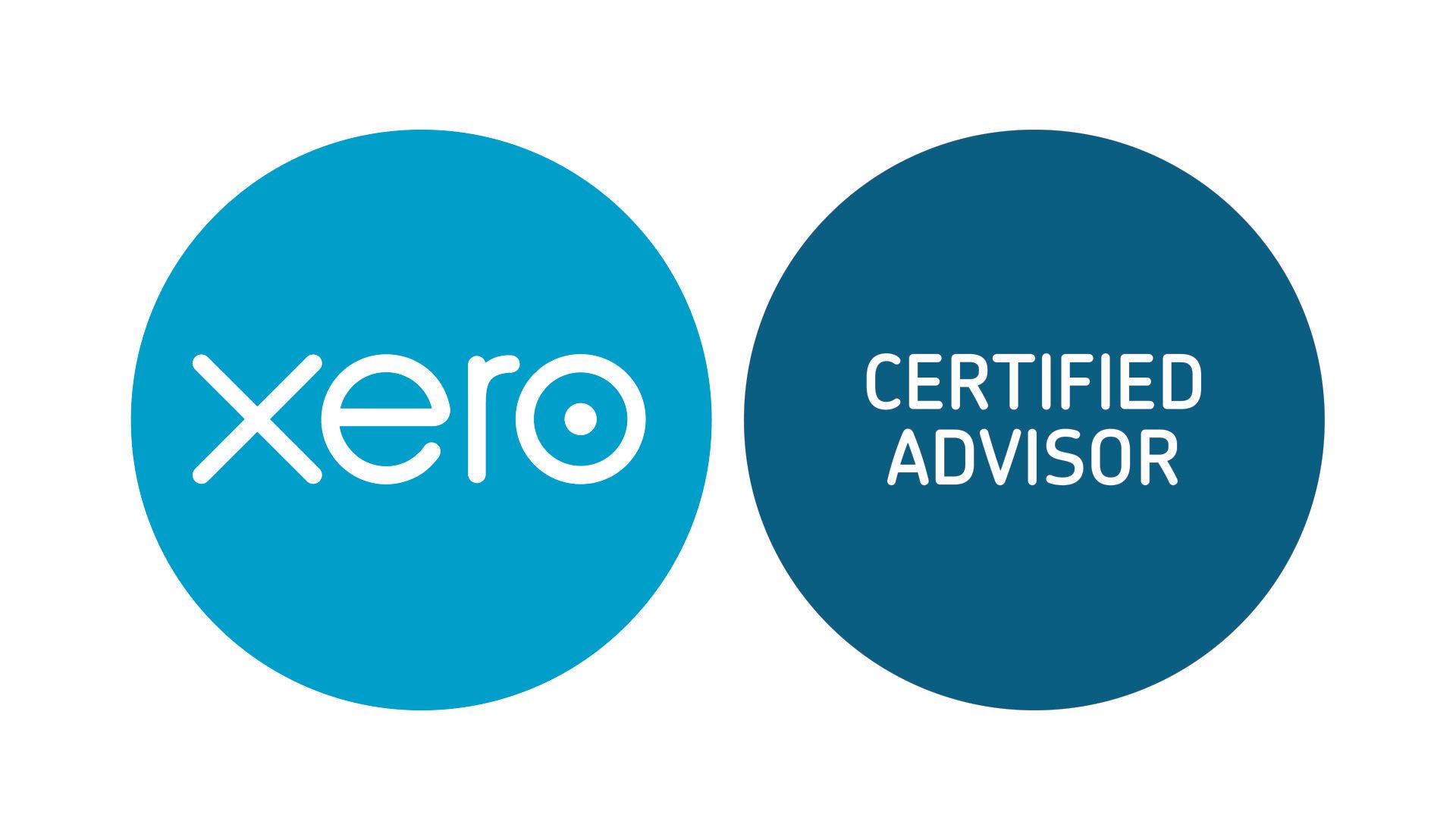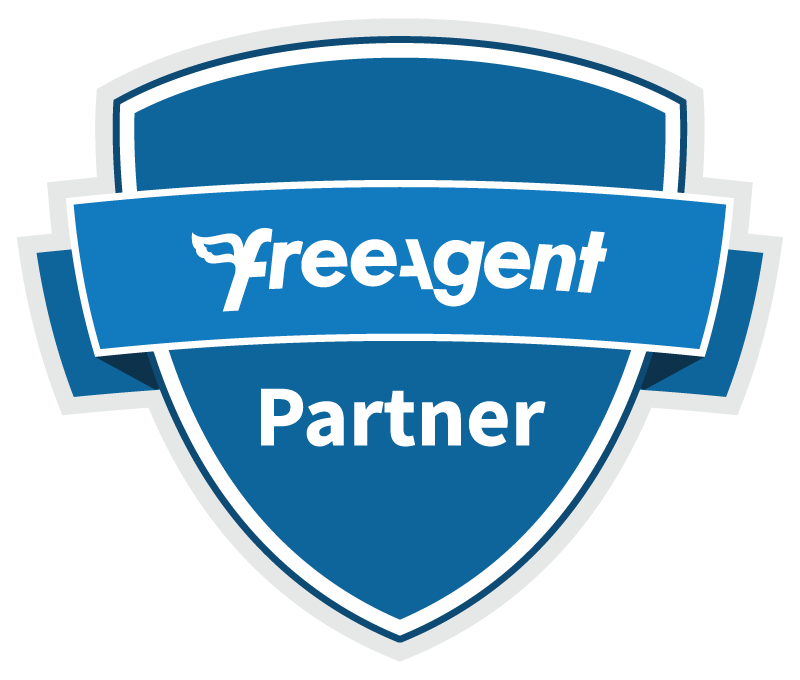Don't Wait Until January: The Marvels You Could Achieve Instead of Last-Minute Tax Filing
Tick-tock goes the clock, not just a countdown to the New Year but a haunting reminder of the self-assessment tax return deadline. But, dear taxpayers, with a whopping 284 days, 13 hours, and 26 minutes to spare, why wait for the frosty breath of January to do the inevitable?
Embrace the Early Bird Special
Starting early could be your financial caffeine, jolting you awake to potential savings. Imagine, with all that time, you could sift through your receipts like an archaeologist discovering relics, each one potentially a treasure trove of deductibles.
A Cornucopia of Time
You could learn a language, enough to order a coffee in Italian or ask for directions to the nearest tax office in Spanish. With 284 days on your side, you might even meditate your way to enlightenment about the ever-so-exciting world of taxes.
Be the Tortoise, Not the Hare
Remember Aesop's fable? Slow and steady wins the race, folks. Scrambling to gather your financial documents in January is the hare's way—not cool, always stressful, and prone to errors. Instead, why not be the tortoise? Take it slow, steady, and cross the finish line with a smug smile, knowing you've outsmarted the deadline.
Channel Your Inner Artist
In the time you’d procrastinate until January, you could paint a masterpiece, or at least a decent imitation of a sunset. Every brushstroke could be a line in your tax form, each color a different type of expense. It's an abstract way to look at taxes, but hey, whatever gets the job done!
World Records Await
Did you know? The longest marathon playing Monopoly lasted 70 days. You could challenge this record and still have time to do your taxes. Or better yet, create a new record: longest time spent laughing at one's own tax jokes.
A Journey of a Thousand Miles
The Proclaimers would walk 500 miles, and then 500 more, just to be the man who walked a thousand miles to fall down at your door. With the time you've got, you could literally walk 1000 miles and still have plenty of time to sort your receipts.
In Conclusion
So, why squander the precious gift of time? Instead of leaving your tax return for a New Year's Eve date, use the upcoming 284 days to conquer the world—or at least your finances. Trust me, your future, less-stressed self will thank you profusely while sipping a stress-free cuppa.



